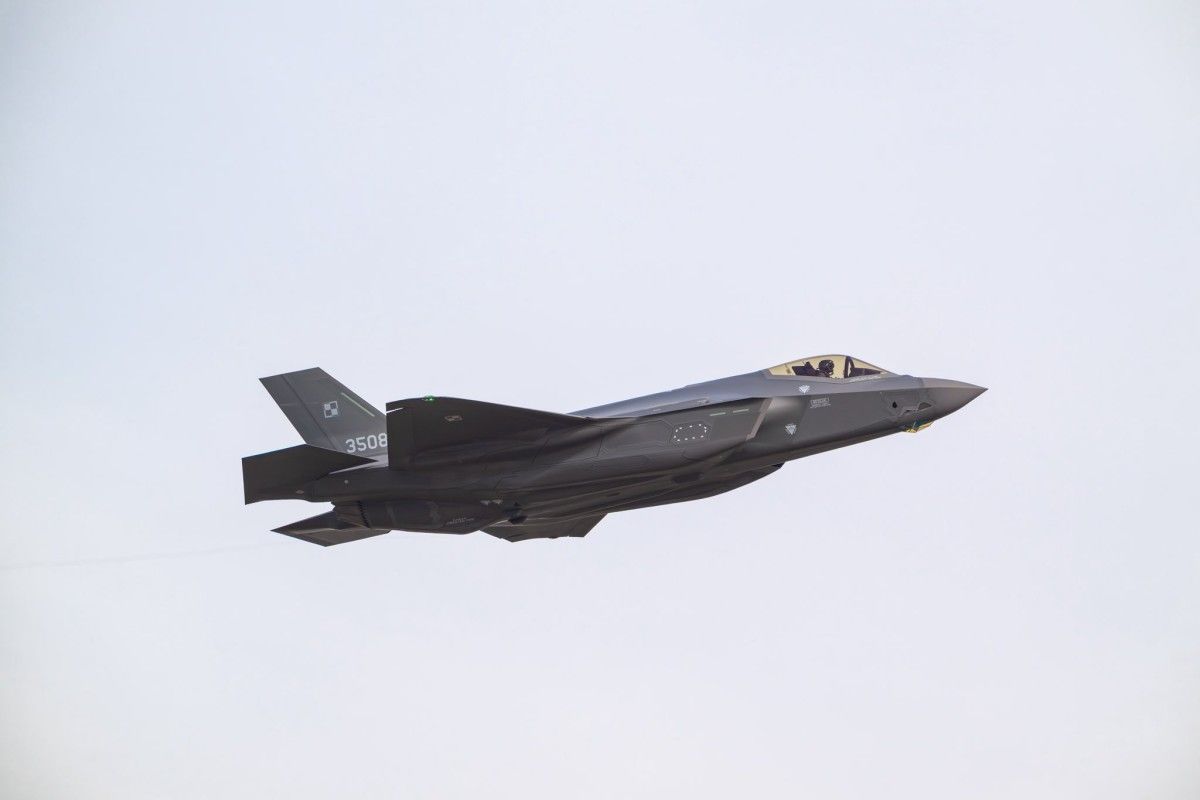
Whether you are an aviation enthusiast or not, these aircraft have shaped the evolution of aerial warfare we know today.
Promising unmatched stealth, speed, and intelligence, spy planes play a crucial role in enhancing national security.
From the United States to Asia and Europe, there emerged technologies that pushed the limits of aviation. Together, these 10 most advanced spy planes inspire the power of deterrence among nations, demonstrating pure technological innovation.
Most Advanced Spy Planes
Some were born in the tense hush of the Cold War; others answer modern needs for persistent surveillance, signals collection, or electronic dominance.
Here are some of the most advanced and sophisticated spy planes in the world, representing the peak of aerial defense technology and advanced avionics engineering.
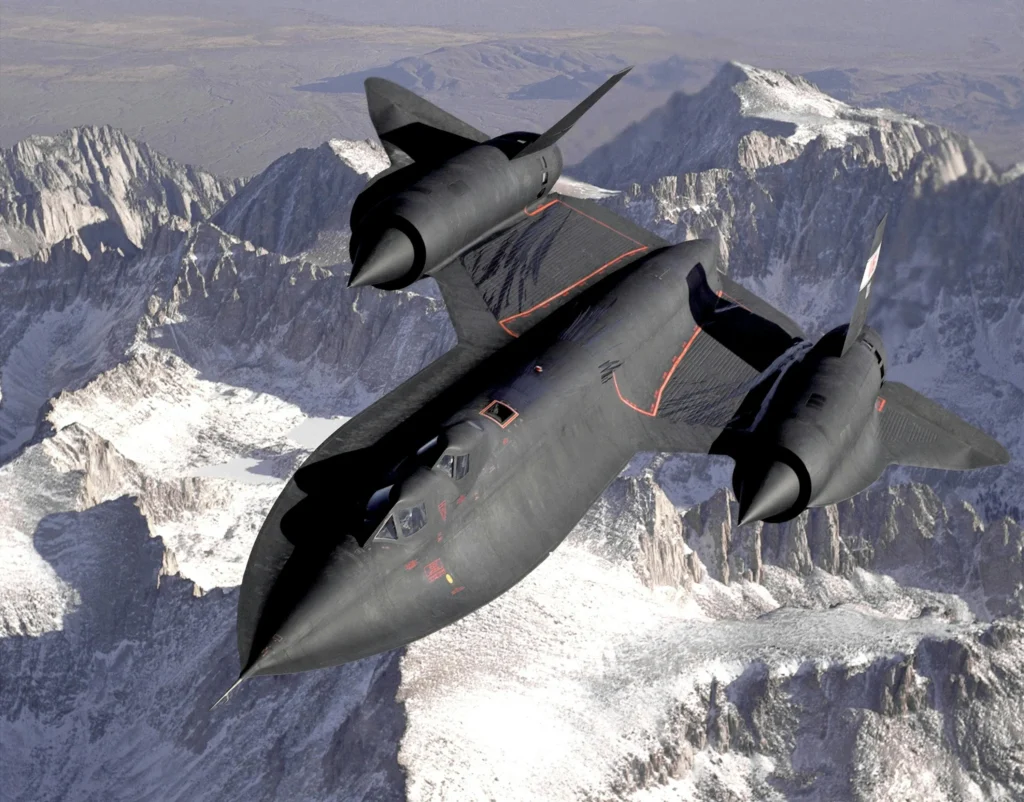 Photo: Lockheed Martin SR-71 Blackbird Spy Plane Surveilling Hill Area Above the Snowy Mountains / Pexels
Photo: Lockheed Martin SR-71 Blackbird Spy Plane Surveilling Hill Area Above the Snowy Mountains / Pexels1. Lockheed Martin SR-71 Blackbird
Lockheed Martin SR-71 Blackbird was the most advanced spy plane, designed in the 1960s by American Aerospace Company, Lockheed Corporation.
Made from 85% titanium combined with polymer composite materials, the Blackbird was the second operational aircraft, designed to avoid radar cross-section.
Integrated with advanced optical and infrared sensors and high-resolution cameras, the plane served the United States during surveillance and reconnaissance missions throughout the Cold War.
The legendary spy plane was specifically designed to track and gather information on military activities, technological developments, and missile deployments of adversary countries.
The optical sensors with high-resolution cameras were used to detect and capture high-quality images of targets of interest to detect any unexpected movement camouflaged in plain sight with utter accuracy.
With its high-altitude speed and stealth, the Blackbird’s presence in favor of the U.S. played a deterrent role during the conflicts, demonstrating its agility and outstanding avionics.
The SR-71 has set several speed and altitude records, demonstrating its unique stealth and powerful performance. The SR-71 plane flew at a speed of approximately 3,540 km/h, which exceeded Mach 3, making it the fastest fighter jet ever built to this day.
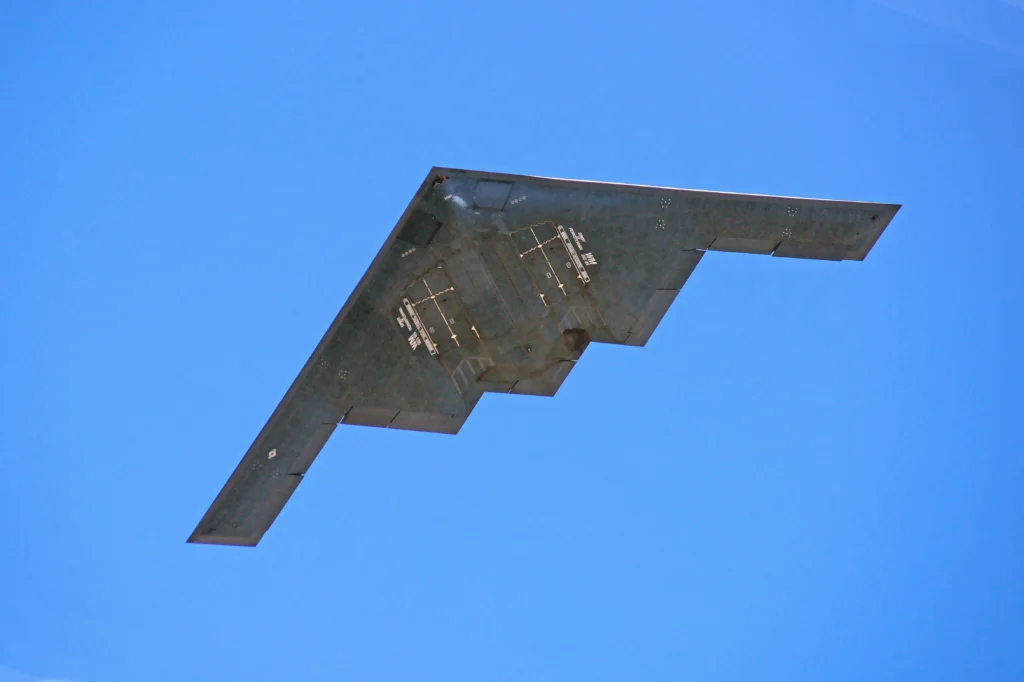 Photo: Overhead view of U.S. Force Northrop Grumman B-2 Spirit Stealth Fighter Plane In Flight / Pexels
Photo: Overhead view of U.S. Force Northrop Grumman B-2 Spirit Stealth Fighter Plane In Flight / Pexels2. Northrop Grumman B-2 Spirit
Northrop Grumman B-2 Spirit is America’s other, the most advanced and boldest spy plane, originally designed in 1988 as a heavy strategic stealth bomber.
The plane took its first flight in 1989 and entered the United States Air Force (USAF) services in 1997 as the second aircraft after Lockheed’s Nighthawk, designed with advanced stealth technology and low-observance capabilities.
Primarily designed as a nuclear bomber plane, the B-2 Spirit was first used during the Kosovo War to drop conventional and non-nuclear ordnance.
The plane is capable to carry upto 18,000 kg conventional and thermonuclear ordnance, including GPS-guided bombs, nuclear bombs, and munitions.
Featuring a subsonic, low-drag flying wing, radar-absorbent coatings, and a modern electronic jamming system, the B-2 Spirit showcased its exceptional precision and maneuverability in various air-to-air and air-to-ground warfare missions. These on-board systems together perform strategic stealth strikes with great accuracy and secrecy, providing extra protection against enemy air defenses.
However, the USAF was planning to operate the plane until the 2050s, but the high maintenance costs and payload forced the FY 2019 budget to move its retirement by 2032.
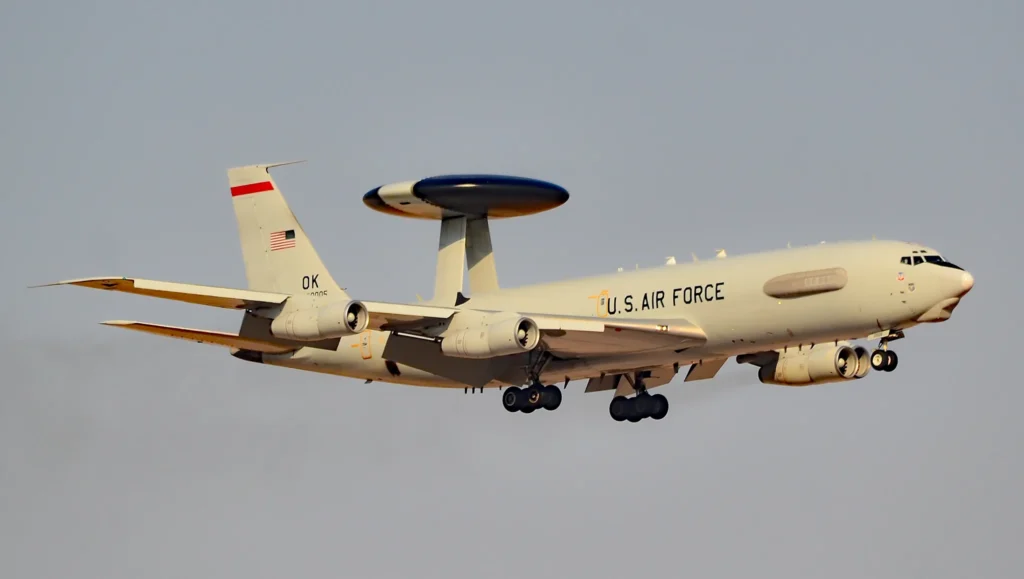 Photo: Photo: Boeing E-3 Sentry airborne early warning and control spy plane in flight / Wikimedia Commons
Photo: Photo: Boeing E-3 Sentry airborne early warning and control spy plane in flight / Wikimedia Commons3. Boeing E-3 Sentry
The Boeing E-3 Sentry is an airborne surveillance spy plane based on the commercial Boeing 707 airliner.
Commonly known as Airborne Warning and Control System (AWACS), the plane was specifically designed to provide extensive air surveillance and real-time connectivity.
The plane’s long-range surveillance radar sensor provides real-time information to airborne commanders, allowing complete control of the battlefield far from the boundaries of the United States. The systems were integrated to monitor air traffic and detect the position, speed, and trajectory of potential air threats from miles away.
The most fascinating feature of the E-3 Sentry is the 30-foot rotodome, carrying a pulse-Doppler radar able to find low-flying aircraft.
The E-3 Sentry is equipped with an advanced communication system, enabling real-time coordination and information exchange between different operational forces.
Combined with modern avionics and advanced airborne control systems, the E-3 Sentry played a critical role in deterrence during many conflicts. The aircraft were deployed during the Persian-Gulf War in 1991 against Iraqi forces and the recent Ukraine War to monitor airspace and provide airborne surveillance.
The aircraft’s capabilities and power have been inspiring future aircraft to push their limits, illustrating E-3 Sentry’s lasting legacy as one of the world’s best surveillance planes.
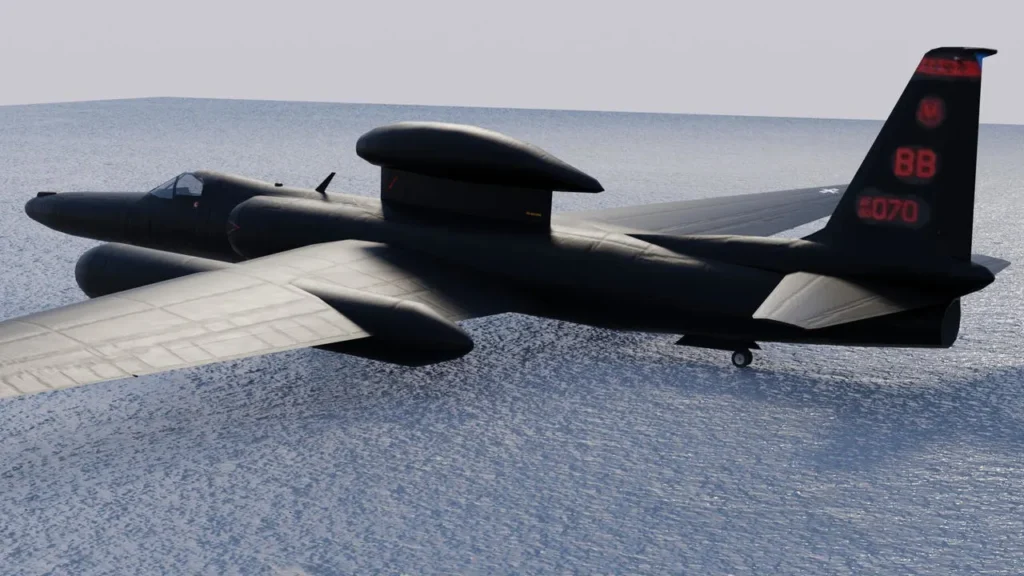 Photo: Lockheed’s Martin U-2 Dragon Lady Stealth and Reconnaissance Spy Lane full view / Devian Art
Photo: Lockheed’s Martin U-2 Dragon Lady Stealth and Reconnaissance Spy Lane full view / Devian Art4. Lockheed Martin U-2 Dragon Lady
Operated by the CIA and the United States Air Force since the 1950s, Lockheed’s U-2 Dragon Lady is a single-engine, high-altitude surveillance aircraft.
Designed to gather day-and-night intelligence from an altitude above 70,000 feet, the plane took its first maiden flight in 1955.
Equipped with high-resolution cameras and electromagnetic sensors, the Dragon Lady played a critical part in delivering surveillance, intelligence, and reconnaissance data during the Cold War and beyond.
During the conflicts, its high-resolution cameras were used to gather and capture visual evidence of the presence or development of thermonuclear ordnance, enemy bunkers, industrial activities, and other items of interest. Its electromagnetic sensors were used to detect, identify, and classify enemy radar emissions, communication signals, and gather critical information on the adversary’s defenses to assess their capabilities and intentions for possible threats.
Praised for its graceful maneuverability and challenging landings, Lockheed’s Skunk Works modernized the design with open mission systems to facilitate smooth integration of new technologies and payload upgrades to meet the evolving national security needs.
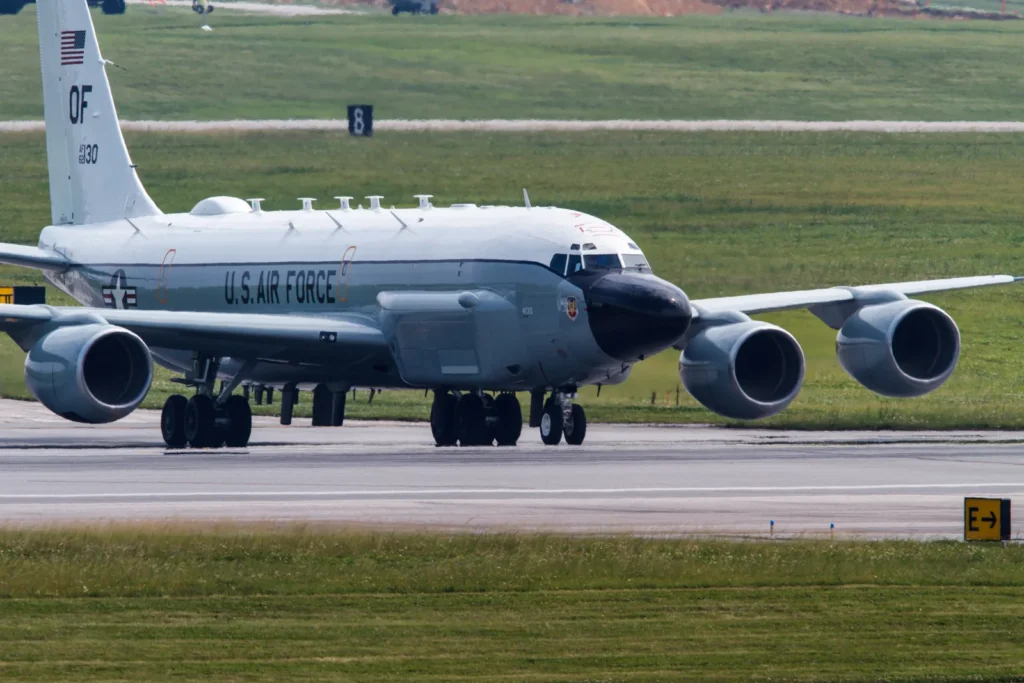 Photo: Boeing’s RC-135W on the runway / Wikimedia Commons
Photo: Boeing’s RC-135W on the runway / Wikimedia Commons5. Boeing RC-135
Built as the replacement for the Boeing RB-50 Superfortress, Boeing’s RC-135 is a fleet of large airborne surveillance planes.
Equipped with antennas, direction-finding arrays, processing racks, and operator consoles, the RC-135s fuse COMINT (communication intelligence) and ELINT (electronic intelligence).
The RC-135 fleet has contributed in every armed conflict involving U.S. forces throughout its operational services to gather electronic and optical data on ballistic targets.
Its modern avionics and advanced reconnaissance systems allowed operators to gather critical intelligence on enemy movements and potential threats. Its electronic intelligence equipment enabled it to intercept and exploit adversary’s electronic systems, such as radars, communication networks, and other electronic devices.
Its advanced communications systems provided reliable and secure coordination to exchange information between air and ground command centers.
With constant updates since its first variant development in 1961, the U.S. government is sure to make a lasting impact with an enhanced and improved RC-135 to incorporate advancing security threats.
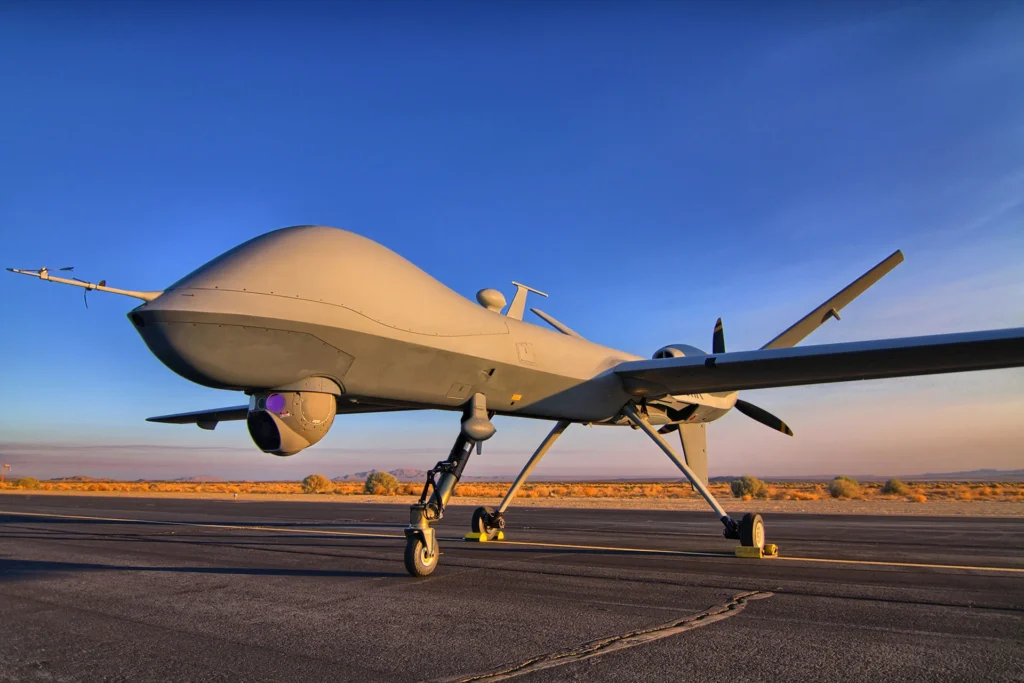 Photo: General Atomics MQ-9 Reaper spy airplane / General Atomics Aeronatuical Systems
Photo: General Atomics MQ-9 Reaper spy airplane / General Atomics Aeronatuical Systems6. General Atomics MQ-9 Reaper
The MQ-9 Reaper, also known as Predator B, is the first hunter-killer spy plane, designed to perform surveillance, reconnaissance, and accurate strike missions for the United States.
The Reaper represents the operational shift to remotely-piloted aircraft for intelligence surveillance and strike missions.
First flown in 2001, the plane is capable of carrying a payload of approximately 1,543 pounds (1,700 kg) to an altitude of 25,000 feet with an endurance of 27 hours. It can be armed with weaponry, such as Hellfire missiles, laser-guided bombs, and heavy munitions.
Powered by a 950 shaft horsepower turboprop engine with digital electronic engine control (DEEC), the Reaper’s onboard systems are equipped with infrared sensors, GPS modules, a multi-spectral targeting system (MTS), an airborne early warning (AEW), and a tactical data link.
The Reaper has contributed to many modern conflicts by providing unhindered aerial surveillance, real-time intelligence collection, and accurately conducted strikes.
Its optical and infrared sensors provide enhanced vision in low-light conditions and can also detect heat signatures, providing accurate identification of targets, even in complex environments.
The Reaper’s advanced targeting systems have transformed today’s military operations to locate, identify, and neutralize targets with improved accuracy, range, and reconnaissance, minimizing risk to ground forces.
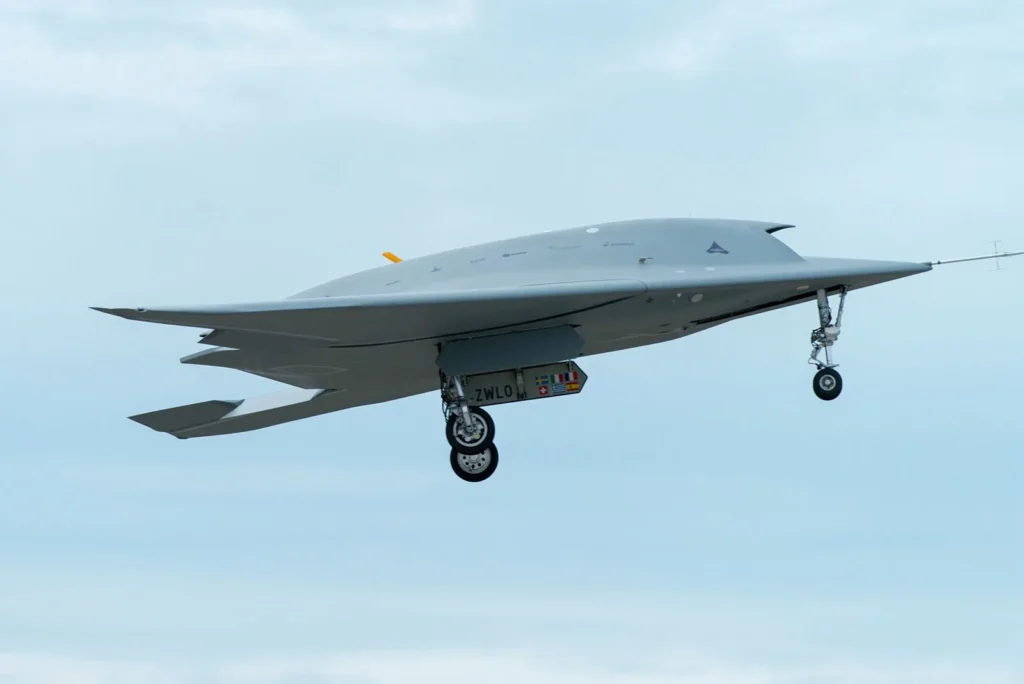 Photo: Dassault nEUROn demonstrator combat vehicle in flight / Dassault Aviation
Photo: Dassault nEUROn demonstrator combat vehicle in flight / Dassault Aviation7. Dassault nEUROn
Dassault nEUROn is an experimental stealth unmanned combat air vehicle (UCAV), developed with the collaboration of several international countries, led by Dassault Systèmes.
Designed solely for research, test, and technology demonstration purposes rather than a military deployment, nEUROn took its maiden flight in 2012 in Istres, France, and has completed over 170 test flights as of 2022 for aerial and naval contexts.
This next-generation combat drone emphasizes stealth, electronic jamming systems, autonomous flight control, and network-centric ground-control operations.
Its ability to operate with absolute stealth, avoiding radar detection for effective reconnaissance and strike missions, represents Europe’s advanced move in the field of stealth combat UAVs.
The plane demonstrates European aerospace technological capabilities, helping to transform air defense systems and shape the future of stealth combat drones.
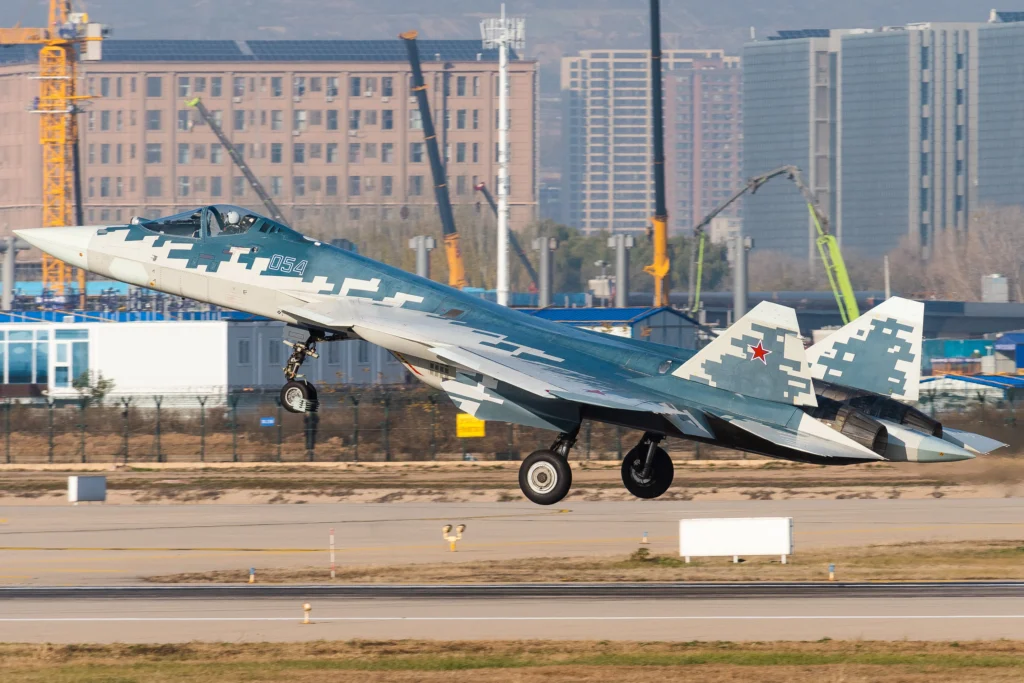 Photo: Sukhoi Su-57 multi-role stealth fighter jet taking off from the runway / Wikimedia Commons
Photo: Sukhoi Su-57 multi-role stealth fighter jet taking off from the runway / Wikimedia Commons8. Sukhoi Su-57
The twin-engine stealth multi-role fighter plane is a part of Russia’s ambitious PAK FA programme, initiated in 1999 as an affordable alternative to the MFI Mushshak.
This fifth-generation fighter plane is designed for stealth superiority, enhanced maneuverability, and electronic warfare capabilities.
Developed by Sukhoi Design Bureau to engage in both long and short range targets, Su-57 is Russia’s first stealth fighter jet, designed with composite materials and radar-absorbing coatings to reduce its radar cross-section.
Equipped with an electronically arrayed radar system, enhanced avionics, and an improved stealth and aerodynamic airframe, the plane demonstrates high agility with its supersonic speed and precision targeting.
Its superior stealth, maneuverability, and electronic warfare capabilities stand exemplary in the history of Russian aviation technology, illustrating the nation’s advances toward sixth-generation fighter planes.
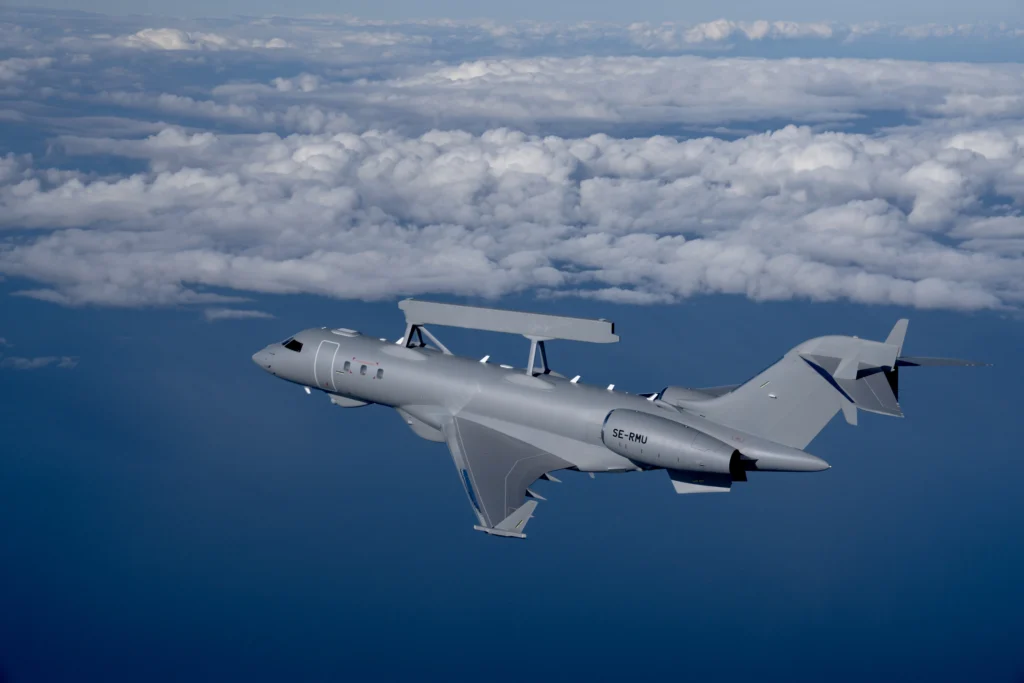 Photo: SaaB GlobalEye Flying At High Altitude / Saab
Photo: SaaB GlobalEye Flying At High Altitude / Saab9. Saab GlobalEye
GlobalEye turned the reliable Bombardier Global 6000 jet into a maritime, ground, and aerial surveillance powerhouse.
Designed for long-endurance and multi-domain coverage, it’s been serving the nations in need of a compact but highly capable airborne early-warning control asset.
Its active electronically scanned antenna radar and advanced detection and tracking systems enable it to carry out effective intelligence missions, providing enhanced situational awareness and real-time reconnaissance intelligence.
The GlobalEye plays a crucial role in strengthening national security. Thanks to its multi-target detection and precise intelligence gathering capabilities that enable broad. and precise surveillance to make informed strategic decisions and rapid responses to potential threats.
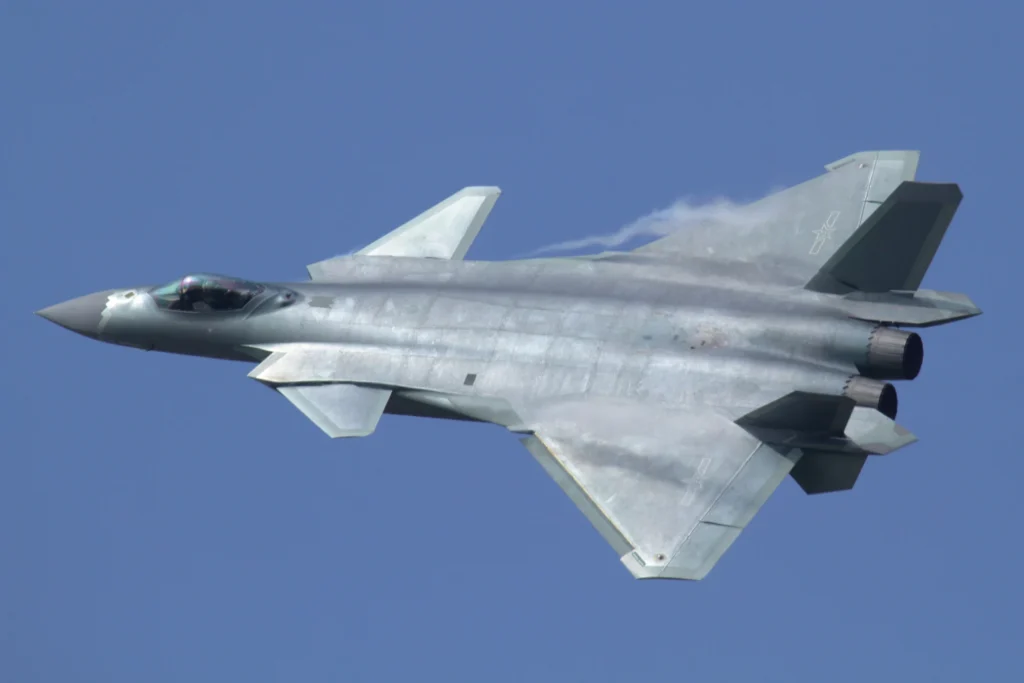 Photo: Chengdu J-20 flying at an airshow in China / Wikimedia Commons
Photo: Chengdu J-20 flying at an airshow in China / Wikimedia Commons10. Chengdu J-20
Chengdu J-20 is a twin-engine, all-weather spy plane, designed with advanced stealth technology and integrated AI systems, enhancing its reconnaissance abilities and operational efficiency.
The plane took its maiden flight in 2011 and later entered operational service in 2017, making China the first country in Asia to own an operational fifth-generation stealth fighter jet.
Often called the Mighty Dragon, J-20 is powered by a domestically-produced WS-15 engine, offering more powerful performance and stealth. Designed to perform multi-role operations, the plane features an internal weapons bay to carry air-to-air missiles and precision-guided bombs.
With its impeccable stealth and precision strike capabilities integrated with advanced electronic intelligence and warfare systems, Chengdu J-20 stands as a unique milestone in China’s aviation history.
Stay tuned with us. Further, follow us on social media for the latest updates.
Join us on Telegram Group for the Latest Aviation Updates. Subsequently, follow us on Google News
Top 5 Fighter Jets with the Longest Service Lives in the World
The post Top 10 Most Advanced Spy Planes in the World appeared first on Aviation A2Z.

